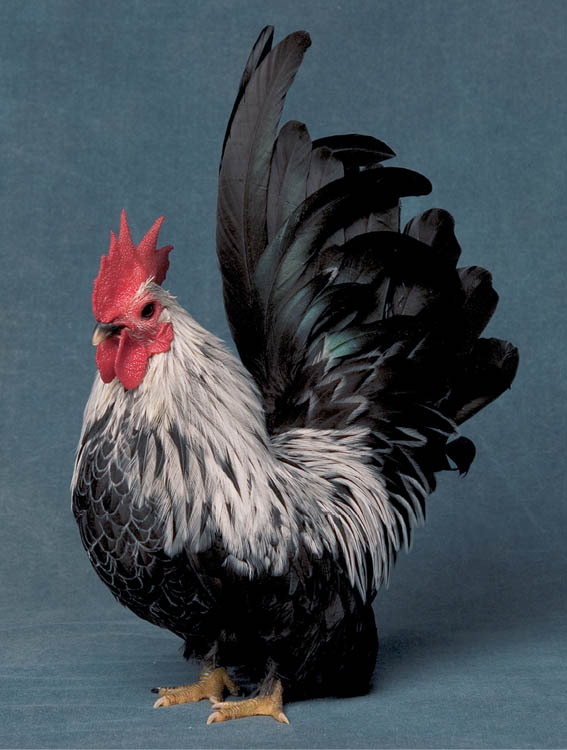
I still remember our first chickens. It was the early 1980s, and we had just moved to a place in the country — 40 acres outside Kremmling, Colorado. We immediately began acquiring critters. First came a couple of horses, then a calf, then some rabbits. We planned on ordering chicks as soon as the weather warmed up.

At the time I ran the wastewater treatment plant in Frisco, Colorado, and in that capacity had dealings with the local businesspeople. One day I was telling one of the businessmen about our new place. He lit up immediately.
“Carol, have I got a deal for you,” he said with a big grin. He had gotten eight chicks for his children at Easter. His wife and kids had brooded them under a heat lamp in their basement, and now the chicks were getting large and feathering out. They were making a mess in the basement, and he really didn’t want to build a pen in his backyard for them. “You can have them for free, with the food, the feeders, the waterer — everything. The only catch is that you have to let me bring the kids out to see them once, so they know their chickens went to a good home. After that, they’re yours . . . if you want to eat them that’s okay.”
Since they were layers, those chickens had a long life; they were the beginning of an almost full-time pursuit (save a short birdless period during one of our cross-country moves) that has lasted more than two decades. Our flocks have ranged in size from just a handful of birds in a backyard pen to hundreds of birds on a commercial farm. We’ve also had turkeys, ducks, and geese.
Those first chickens were just a commercial Leghorn strain. Since then, our birds have represented a variety of breeds, each with its own strengths and weaknesses. There is no perfect breed, but there is an amazing array of breeds that have real value for enthusiasts. We have enjoyed all of our birds. Their antics, their beauty, and the good food they provide more than compensate us for the time and expense of keeping them. I hope this book will help you, too, appreciate what the barnyard and backyard birds have to offer.
— Carol Ekarius